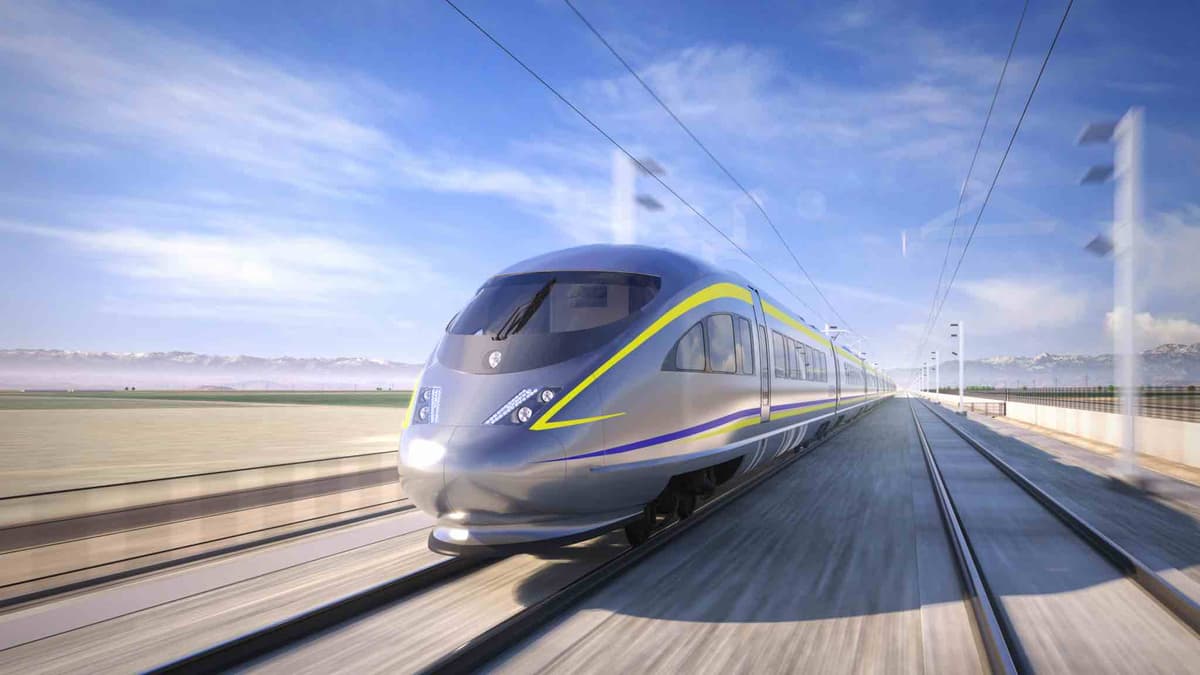California Bullet Train Bogged Down in Delays, Cost Overruns
California voters who approved the project in 2008 were told at the time it would cost roughly $33 billion. Now, the estimate is as much as $128 billion.

A high-speed rail project launched in California during the Clinton administration and initially scheduled to be operational by 2020 is still as much as a decade away from completion and has already cost at least three times as much as initially envisioned.
Please check your email.
A verification code has been sent to
Didn't get a code? Click to resend.
To continue reading, please select:
Enter your email to read for FREE
Get 1 FREE article
Join the Sun for a PENNY A DAY
$0.01/day for 60 days
Cancel anytime
100% ad free experience
Unlimited article and commenting access
Full annual dues ($120) billed after 60 days

